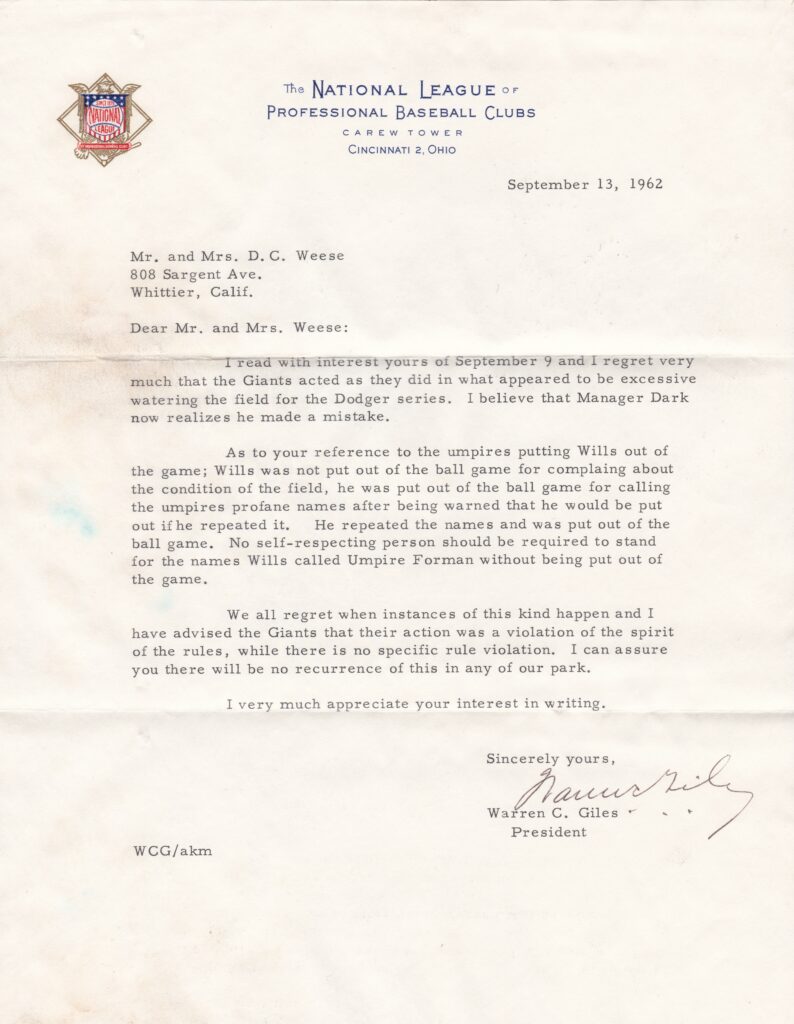
Don Drysdale’s finest season came in 1962. The workhorse led the National League in wins, strikeouts, starts and innings pitched and earned the Cy Young Award.
He was complimented on offense by ’62 MVP Maury Wills. The Dodger speedster was unstoppable, setting a Major League record by stealing 104 bases.
Big D racked up the victories as his team battled the Giants for the pennant. Through the start of August the Dodgers had beaten up on San Francisco, winning seven of ten including a three-game sweep at the end of July.
By the time the two teams met in San Francisco for a weekend series on August 10, the Dodgers opened up a 5 1/2 game lead in the standings. A sweep would give Los Angeles an 8 1/2 game with six weeks to play.
Giants manager Al Dark was desperate to slow Wills and the Dodgers. He directed the Candlestick Park groundskeepers to water down the area between first and second base. With the real estate soggy, base runners couldn’t get a solid footing.
Dark’s strategy frustrated the Dodgers as they got trounced 11-2 in the first game. They protested the playing conditions to the umpires throughout the series.
Drysdale was riding an 11-game win streak when got the start in the second game. Los Angeles jumped out to the lead in the first inning behind a Tommy Davis three-run homer.
Wills led off the third inning. Perhaps allowing the frustration to boil over, he got into a heated argument with umpire Al Forman, leading to his ejection.
The Giants scored five runs in the middle innings, holding off Los Angeles 5-4. On Sunday, San Francisco completed the sweep.
By season’s end, the two teams were tied with 101 wins each. A three-game playoff would determine the pennant. San Francisco won two of three to earn the flag.
If the Dodgers had won just one of the three games in San Francisco with the watered-down base paths, they would’ve been NL champs.
Did the groundskeepers help the Giants cheat their way to the World Series?
In the collection is this letter from Hall of Fame executive and National League President Warren Giles.
Giles writes in part, “…I regret very much that the Giants acted as they did in what appeared to be excessive watering the field for the Dodger series. I believe that manager Dark now realizes he made a mistake.”
The NL boss then writes about Wills’ Saturday third-inning ejection. “No self-respecting person should be required to stand for the names Wills called Umpire Forman without being put out of the game.”
Giles closes, “…I have advised the Giants that their action was in violation of the spirit of the rules, while there is no specific rule violation. I can assure you there will be no recurrence in any of our parks…”
The Hall of Famer Giles then pens his signature at the bottom of the National League stationary. To read more about the episode, click here.
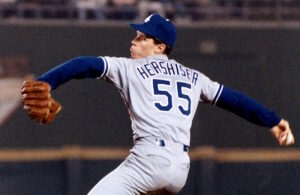
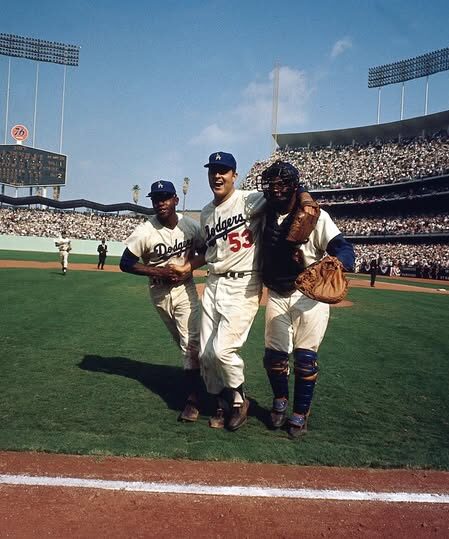
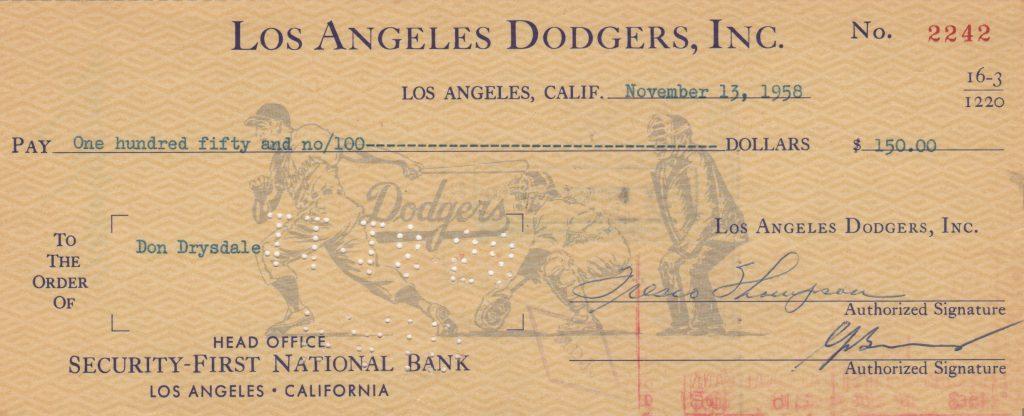


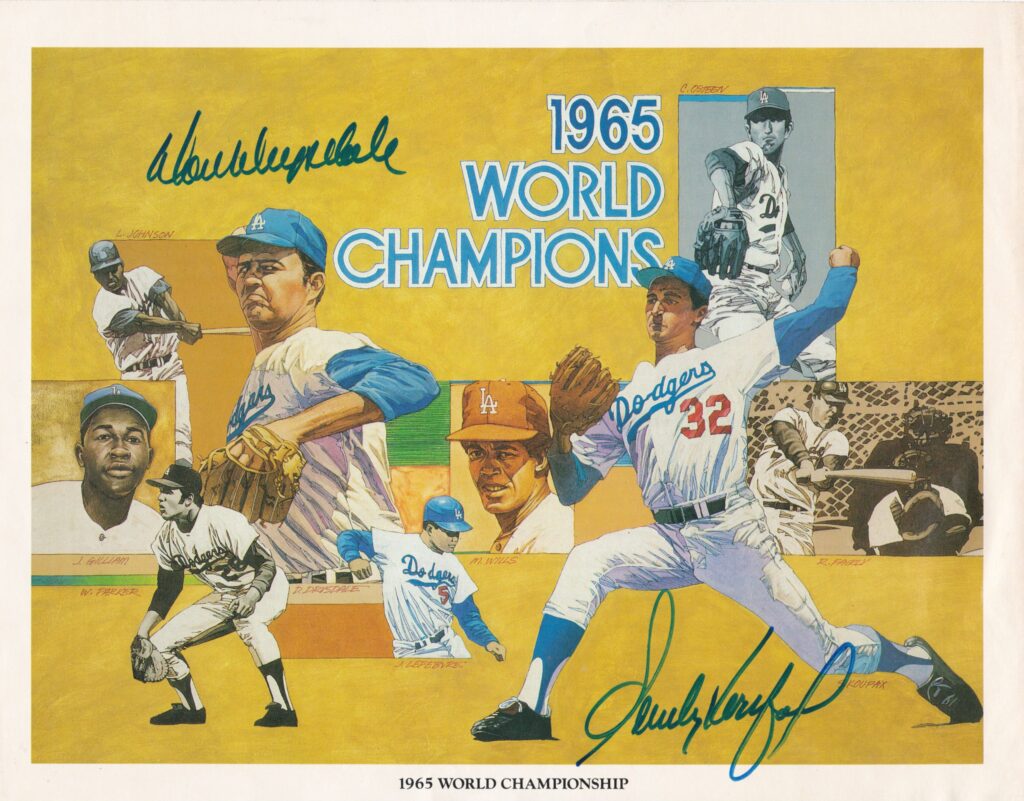
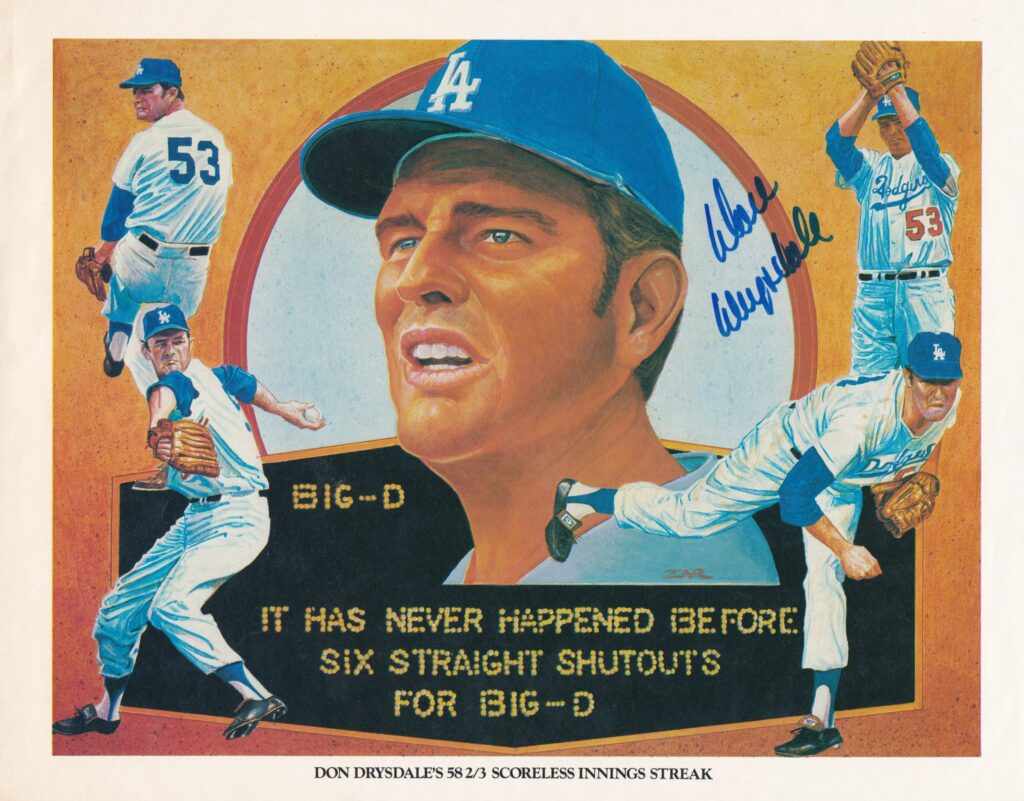
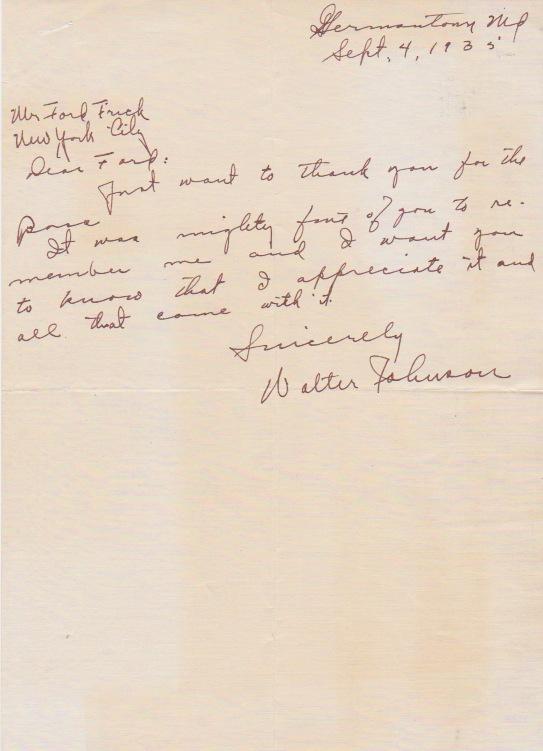
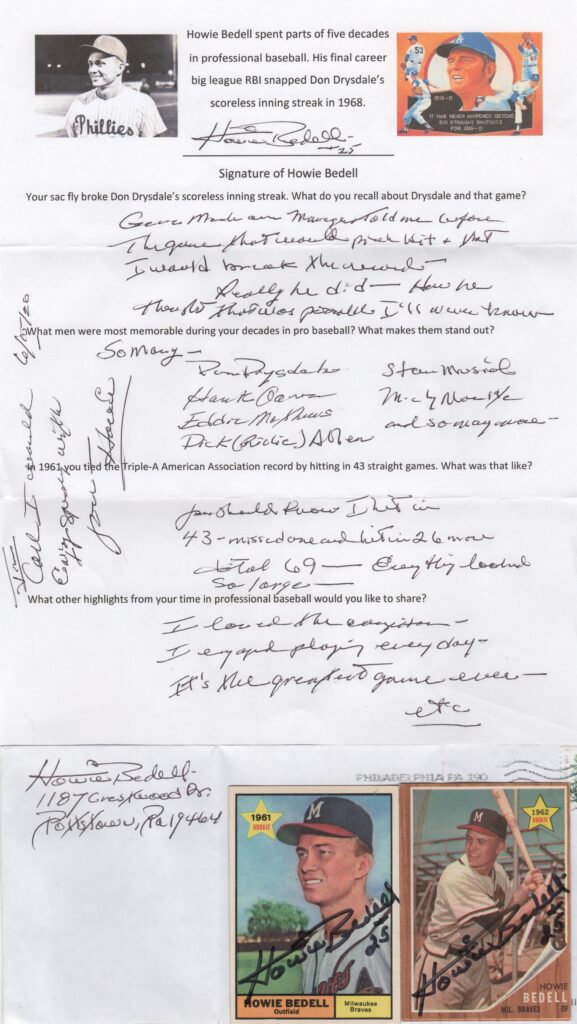
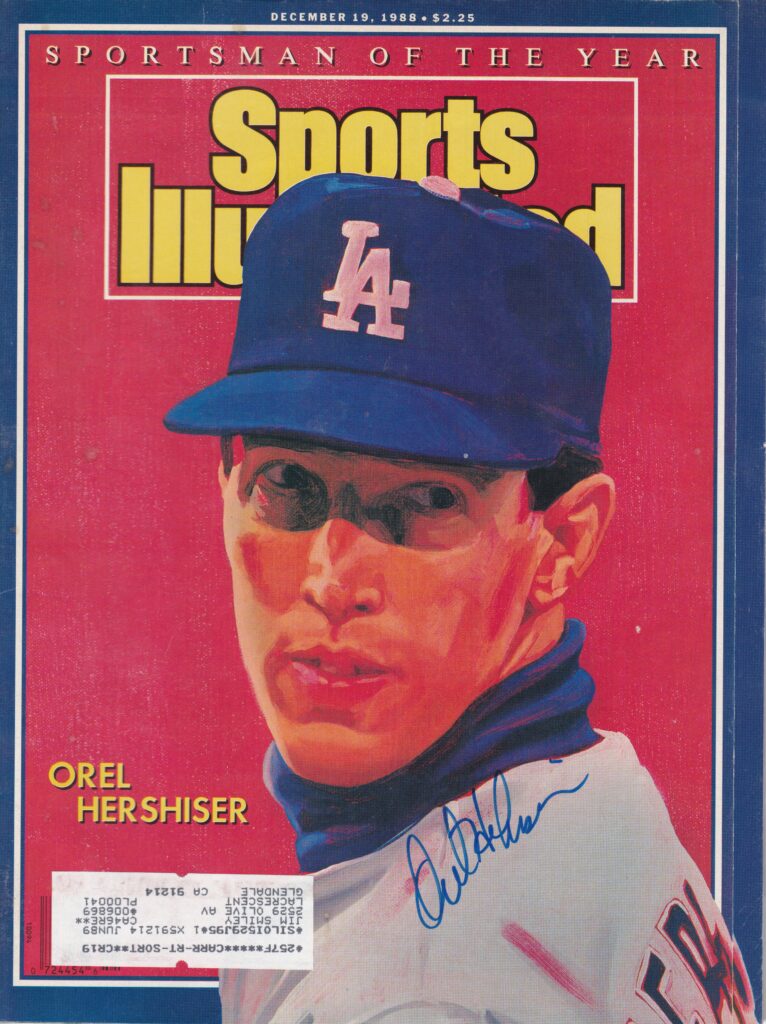
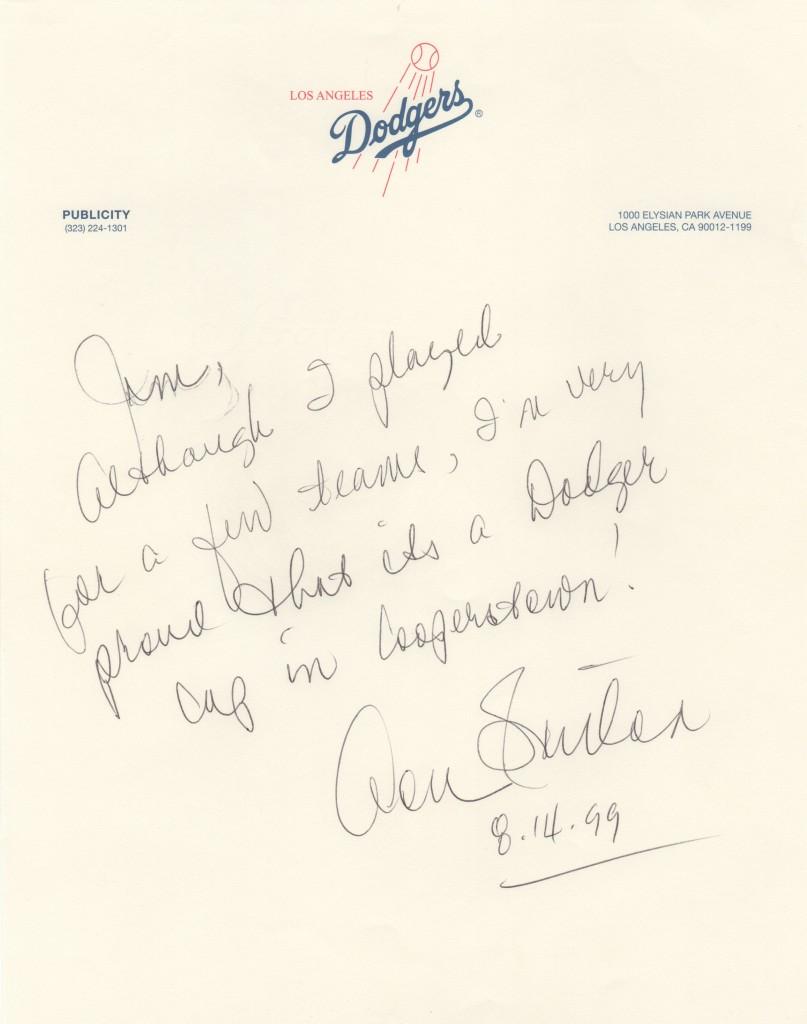
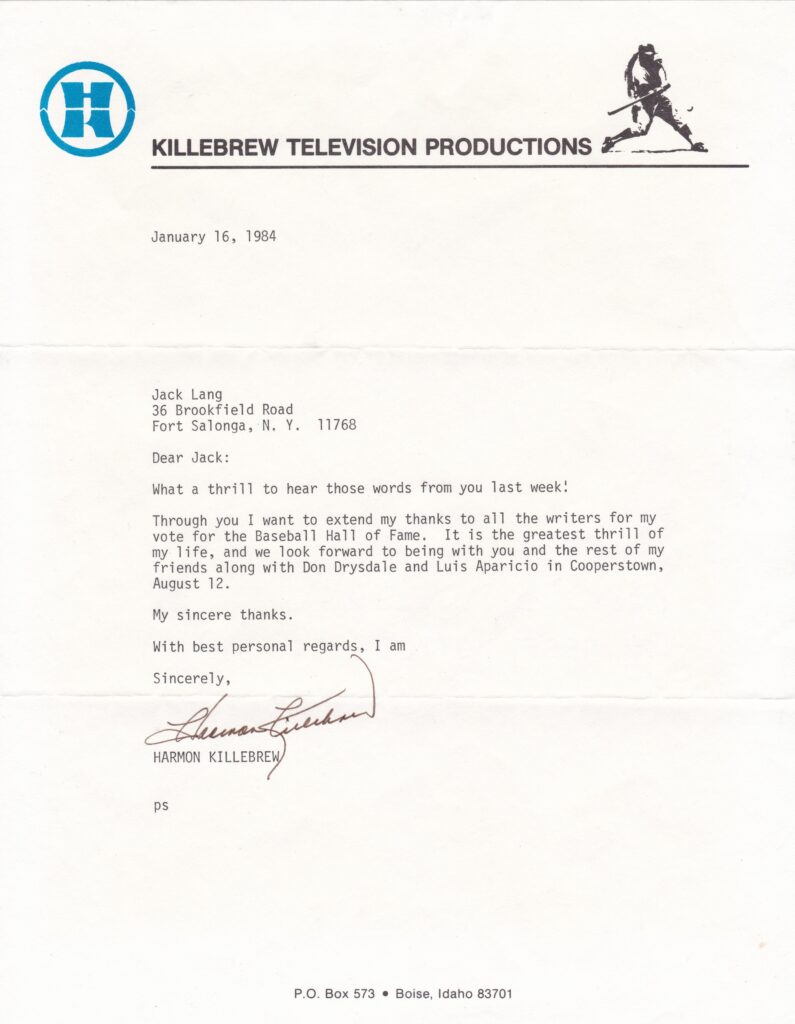
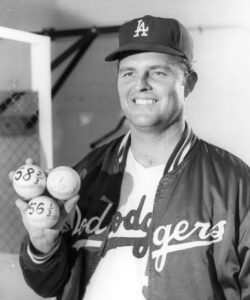
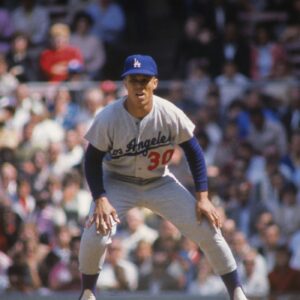
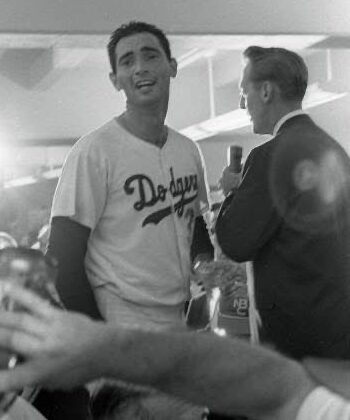
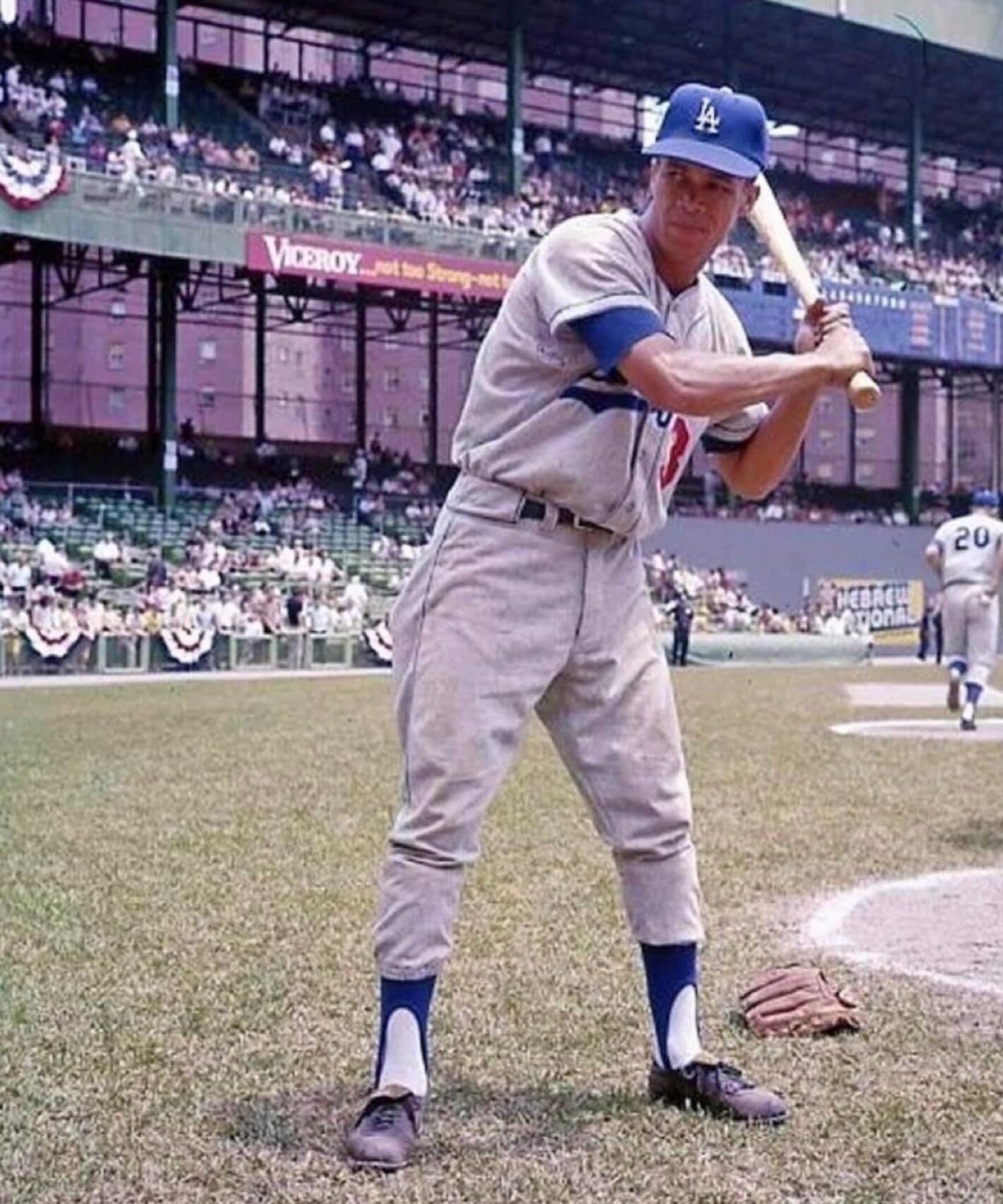
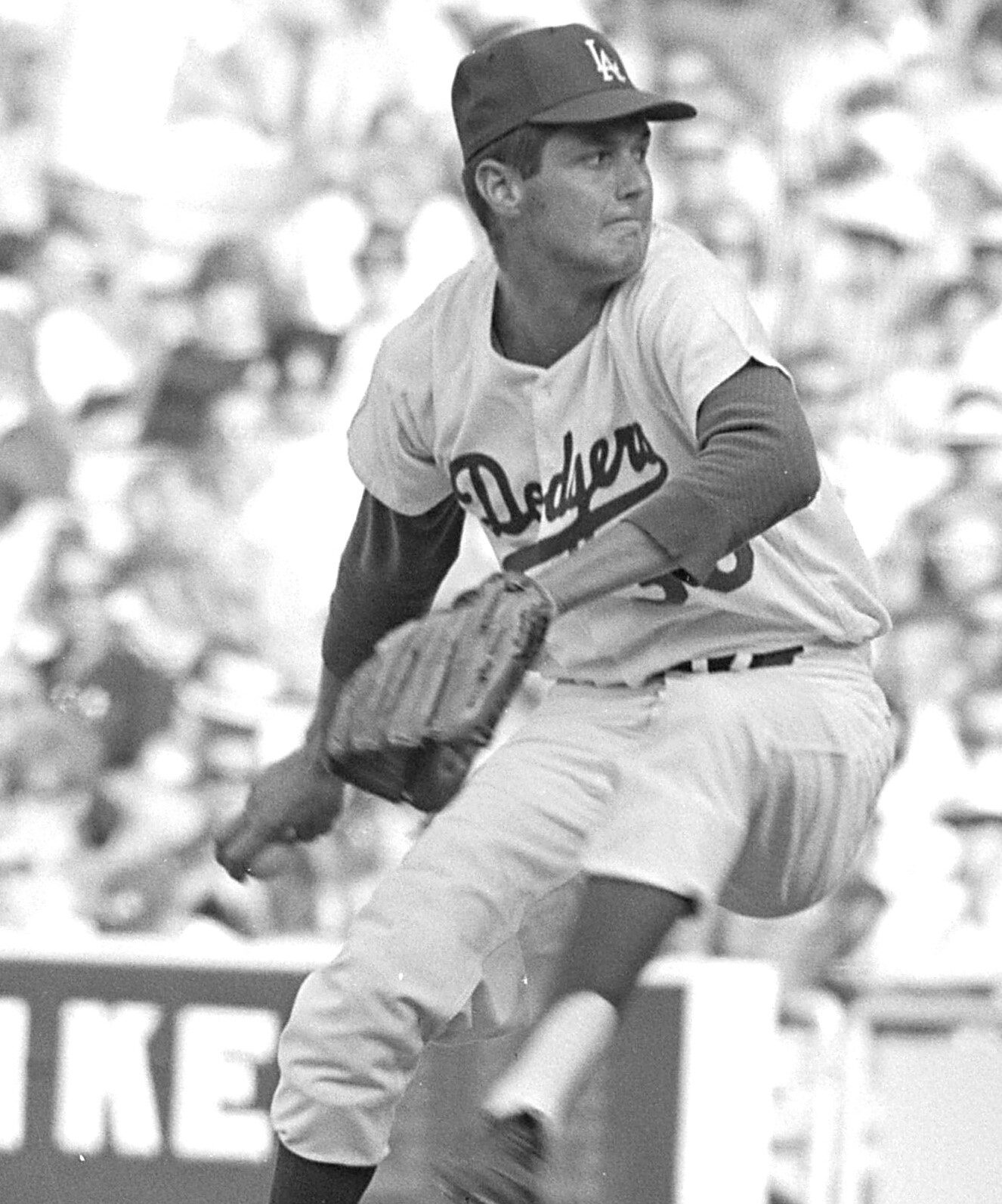
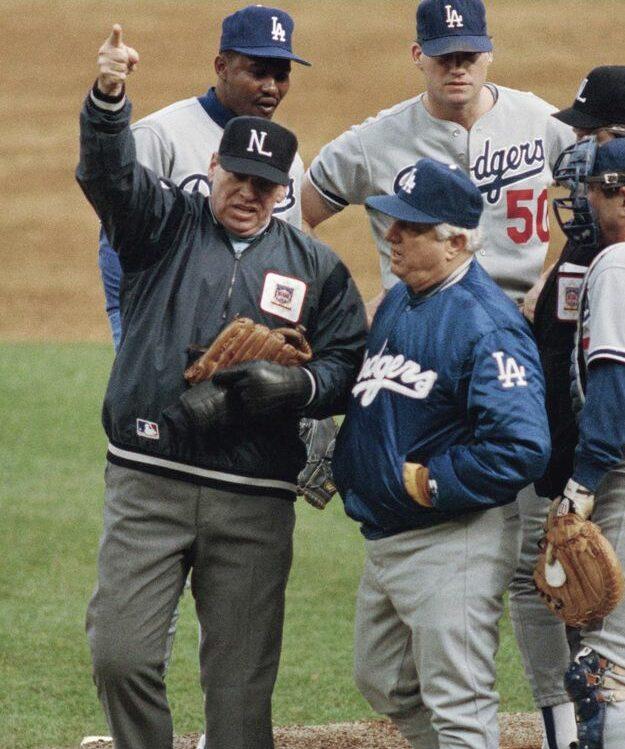
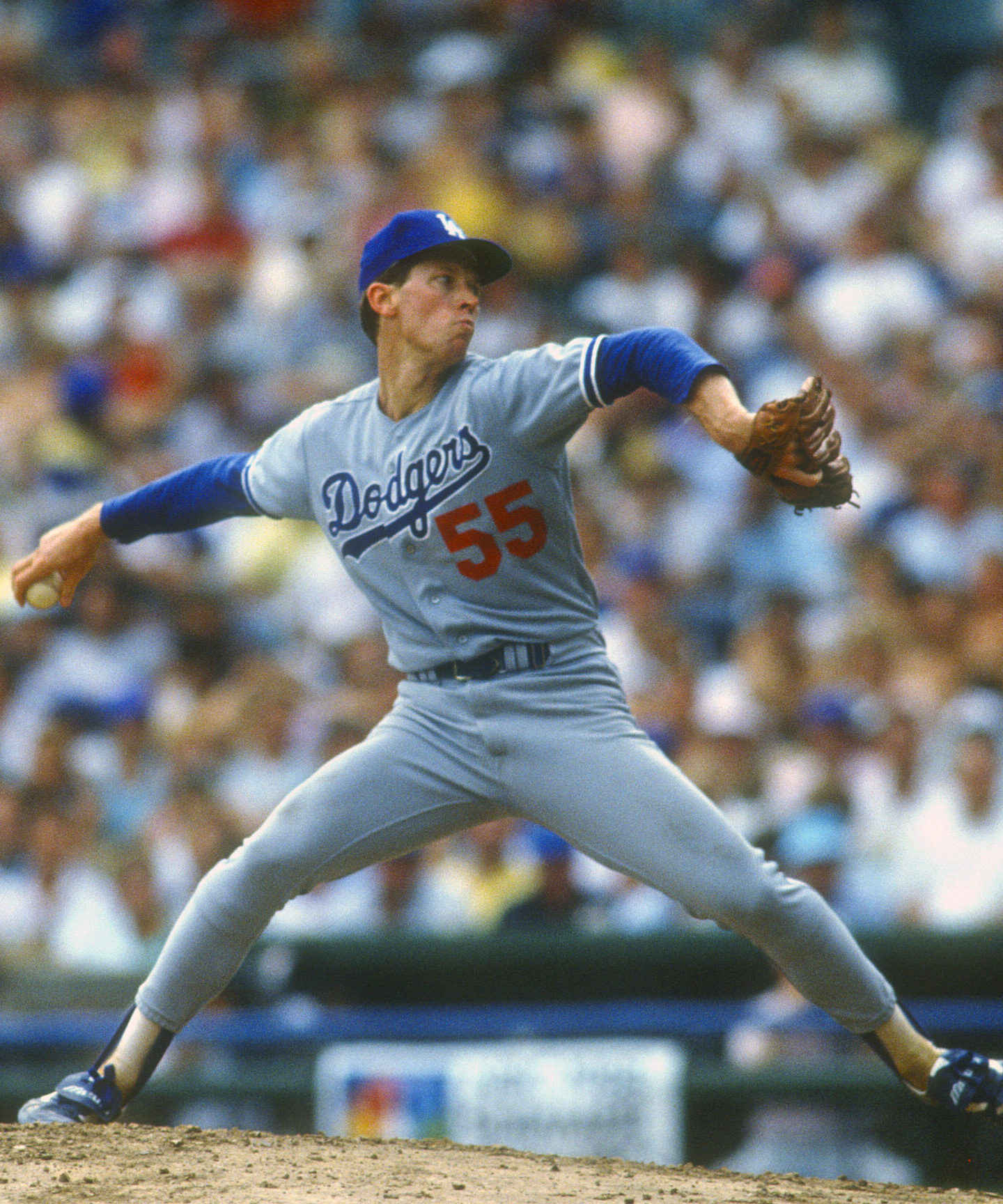
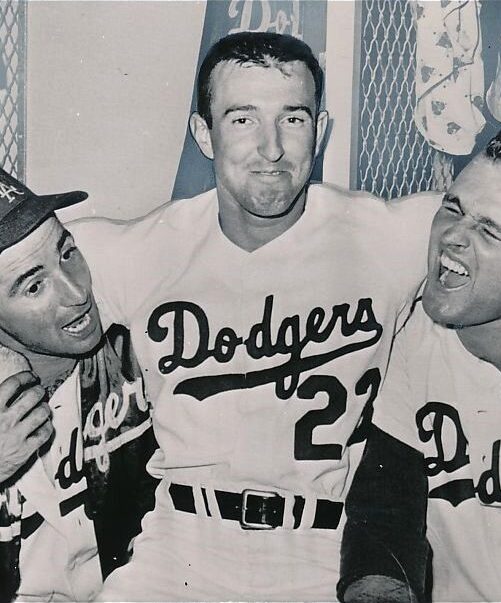
Good afternoon. I am starting a Facebook page titled: Take Me Out to the Game. It will be about attending sporting events and will begin with my first visit to Shea Stadium. That afternoon, Don Drysdale was on the mound for the Dodgers. I would like to use the above photo with my initial post. Will I need permission to use this image? New to this game and just don’t want to cause any trouble getting out of the gate. Thank you and be well.
Feel free to use the photo. We wish you the best with your new Facebook page. Good luck!